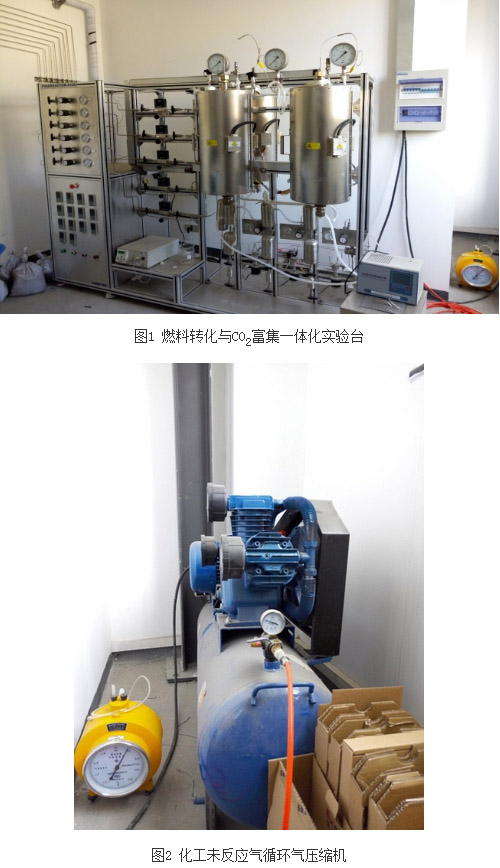
The reduction of CO2 emissions from coal-fired power plants is one of the key issues for clean, low-carbon, and efficient use of coal. The traditional coal-fired power plant adopts the “first polluted and later treated†chain method, which means that CO2 is captured from the tail gas after coal combustion. With the direct combustion of coal, the combustion temperature of coal can reach 1800°C or more. Because of the limitation of turbine materials, the temperature of the available steam cycle is not higher than 700°C. There is a huge grade between fuel and available steam. Poor, resulting in a huge loss of power in the process of fuel conversion. At the same time, direct combustion is also a direct cause of low CO2 concentration in the exhaust gas. CO2 is diluted by N2 and its concentration is only 10-15%, resulting in high energy consumption for CO2 separation. The use of conventional combustion to capture 90% of CO2 will reduce the power generation efficiency of the power plant by 10-15 percentage points and the cost of power generation by 70-110%.
Due to the high energy consumption and high cost of CO2 capture in traditional coal-fired power plants, the Distributed Energy and Renewable Energy Laboratory of the Institute of Engineering Thermophysics, Chinese Academy of Sciences uses the fuel conversion process for functional utilization and CO2 generation and migration. The correlation relationship is the breakthrough point, and the idea of ​​"chemical energy cascade utilization and CO2 capture integration in fuel conversion process" is proposed, that is, to reduce the irreversible loss of the fuel conversion process, while achieving the directional enrichment of CO2, thereby reducing the CO2 separation Energy consumption, low CO2 capture at the source of CO2 formation. Based on the idea of ​​"integration," the laboratory conducted research on the mechanism of irreversible loss and CO2 enrichment coupling in the fuel conversion process, developed the "integration of coal carbon and hydrogen element orientation gasification and CO2 enrichment" method, and chemical chain combustion technology and methods. , Control of CO2 coal-based chemical power and cogeneration technology.
At present, the research team has set up a 10kW-level fuel conversion and carbon dioxide enrichment experimental platform to study the CO2 enrichment mechanism in the fuel conversion process, and to achieve “directed gasification and CO2 enrichment of coal hydrocarbon components†and coal. Chemical and chemical power co-production CO2 provides experimental basis. The experimental unit can achieve reaction conditions of 6 MPa and 1300 degrees Celsius and partial circulation of syngas, providing experimental guarantee for carbon migration research. The experimental platform integrates three fixed-bed reactors. Three groups of experiments can be performed at the same time, which greatly improves the efficiency of scientific research. So far, more than 400 experiments have been completed on this platform, involving a total of 7 coal species and various reaction conditions.
The research team has published relevant theoretical research results in this field, including more than 20 SCI papers, one international patent and five domestic patents, and the ASME Award from the American Society of Mechanical Engineers.
Touchless Kitchen Faucets,Touchless Kitchen Faucets price,Touchless Kitchen Faucets products
Yuyao Zelin Sanitary Ware Co., Ltd , https://www.zlsanitaryware.com